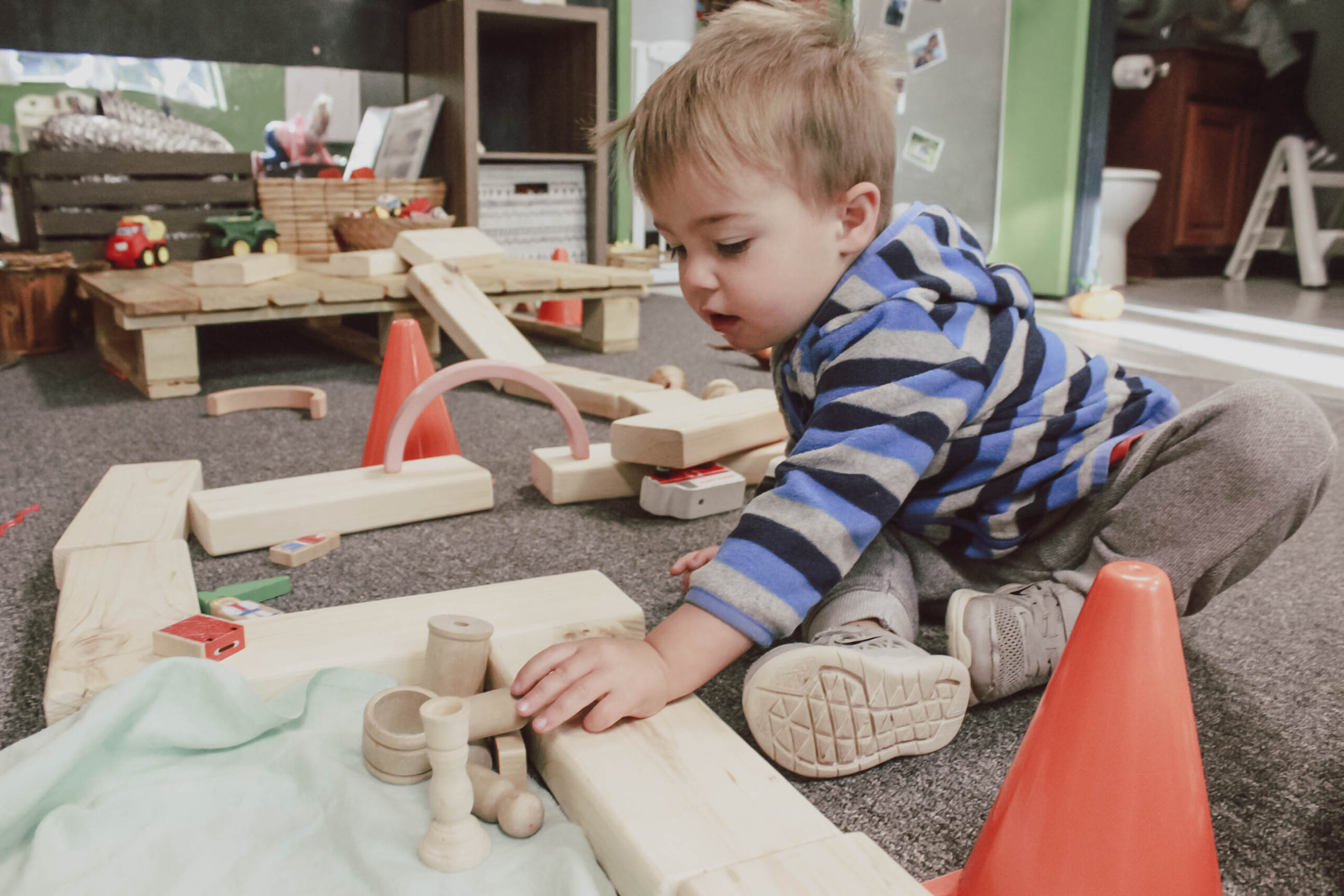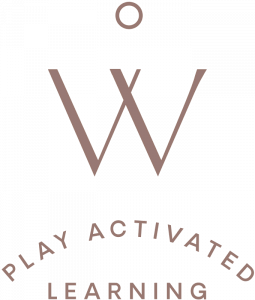Loose parts play can be a valuable addition to any early years program or daily routine. Not only does it promote creativity and problem-solving skills, but it can also support various areas of development, including cognitive, physical, and social-emotional development.
Integrate loose parts into every space of your classroom, including outdoors
Loose parts play can be easily integrated into any area of learning. This allows for cross-curricular learning, as children are exposed to various subjects and skills, such as science, math, language, and creativity. For example, children can develop math skills when counting and sorting objects or build on their literacy skills while they manipulate the loose parts and start to create scenarios and narratives that give meaning to their play.
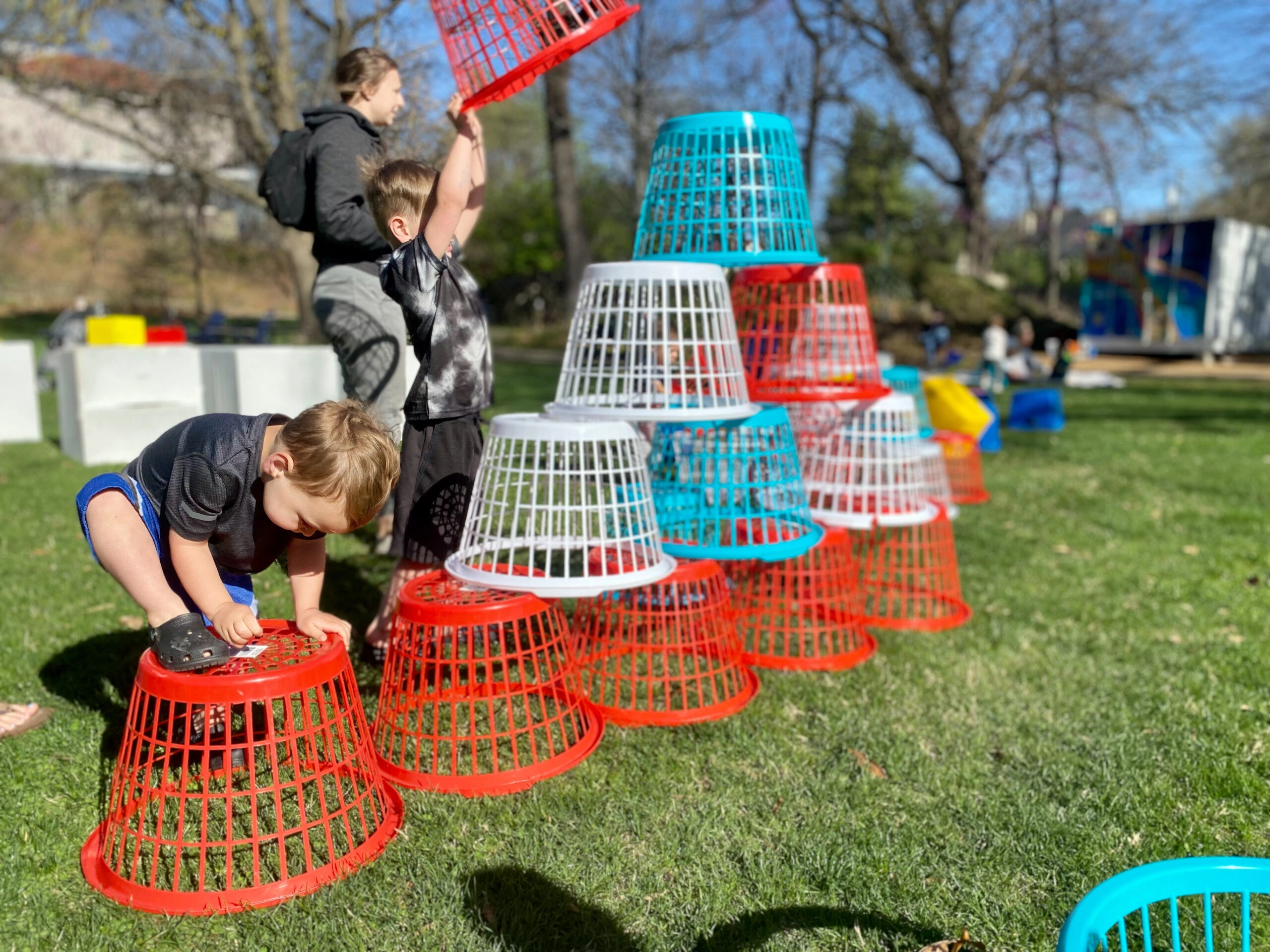
Encourage open-ended play
Loose parts play is all about open-ended play and exploration. Encourage children to use the materials in creative and innovative ways, and avoid giving them specific instructions or limiting their play.
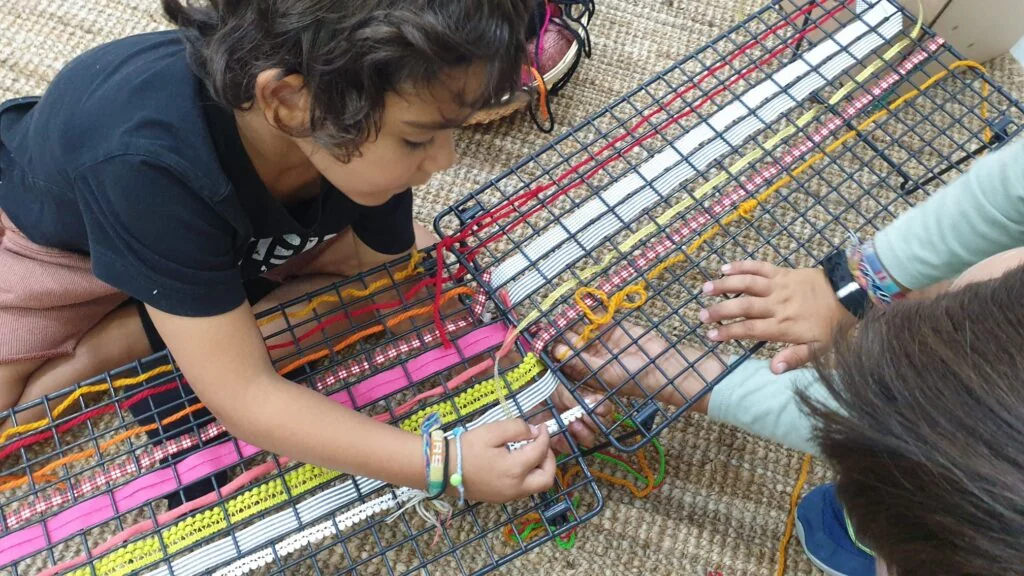
Involve parents and caregivers
Encourage parents and caregivers to get involved in loose parts play by providing them with information about the benefits of loose parts play and ideas for incorporating it into their daily routines at home.
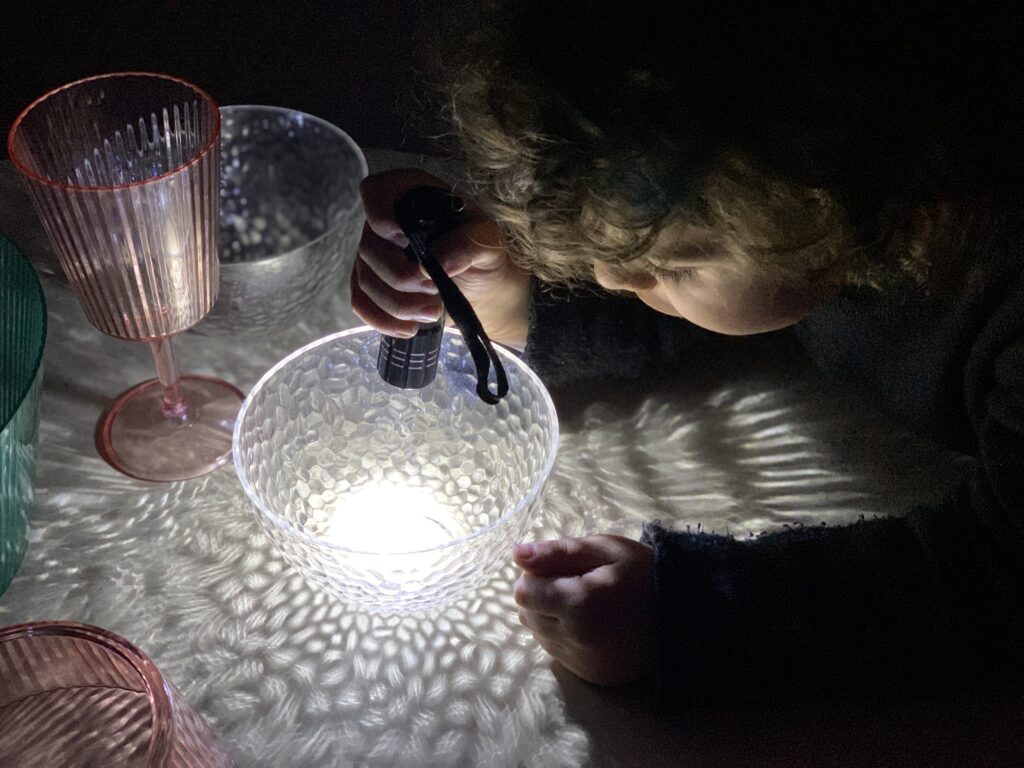
Rotate the materials intentionally
To keep things interesting, consider offering different loose parts materials following your observations of children’s play. If you follow your reflection on “what are children trying to find out” you can provide materials that support and take their investigations further. This will keep children engaged and encourage them to explore and experiment with different materials and combinations.
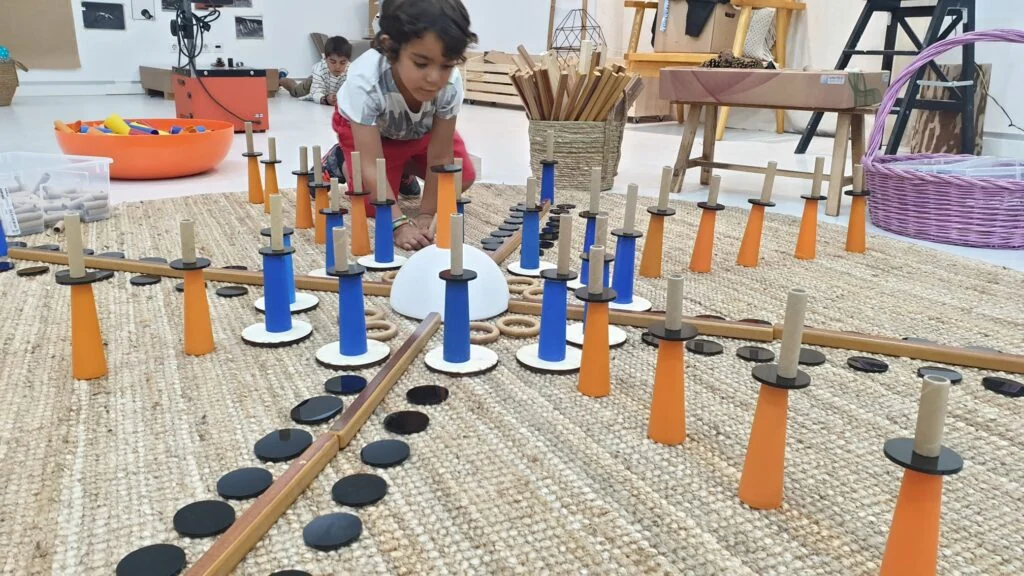
How Will the Children Use Loose Parts?
This is where the magic happens! You will find in your observations that each child will use the same material in a different way. A stick to one child might be a flag pole added onto their construction site, but to another, it might be used to stir a pot. The beauty lies in allowing the children the freedom to explore the materials, use them as they wish (as long as they are being safe), and take them to any area of the classroom they feel the need to.
What is the Teacher’s Role?
During the time the children are exploring loose parts, the teacher’s role is to serve as an observer and researcher as well as to provide language. Loose parts play is a wonderful time to observe and assess what the children are playing with and how they are playing. I kept a stack of post-it notes with me and would jot down important observations during this time. Later, I could go back and record on my Student’s Observation Record.
By incorporating loose parts play into your daily routine, you can provide children with endless opportunities for exploration, creativity, and learning. With a little creativity and planning, loose parts play can become an integral part of any early years program or daily routine.
Bonus!
I have added a short video clip of a 3-4 year-old class deeply engaged in loose parts play with clay. You can watch it here.
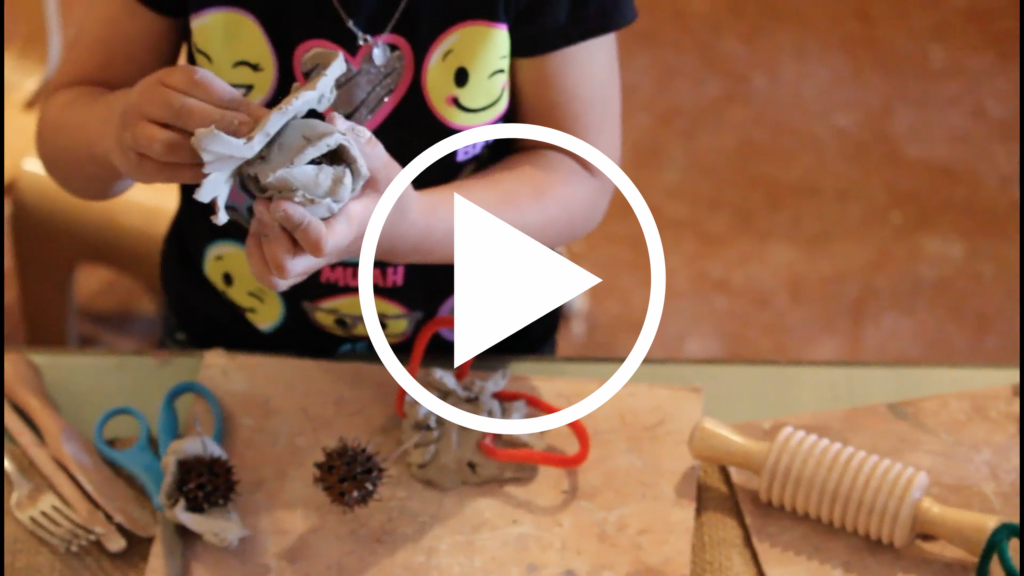
How are your children using loose parts in your classroom?
How do you plan for loose parts play?
References
Chaillé, Christine (2008). Constructivism Across the Curriculum in Early Childhood Classrooms: Big Ideas as Inspiration. Pearson Education.
Lewin-Benham, Ann (2010). Infants and Toddlers at Work: Using Reggio-Inspired Materials to Support Brain Development. Teachers College Press.
Sunday, Kristine (2018). Dinner Theater in a Toddler Classroom: The Environment as Teacher. Contemporary Issues in Early Childhood. SAGE.
